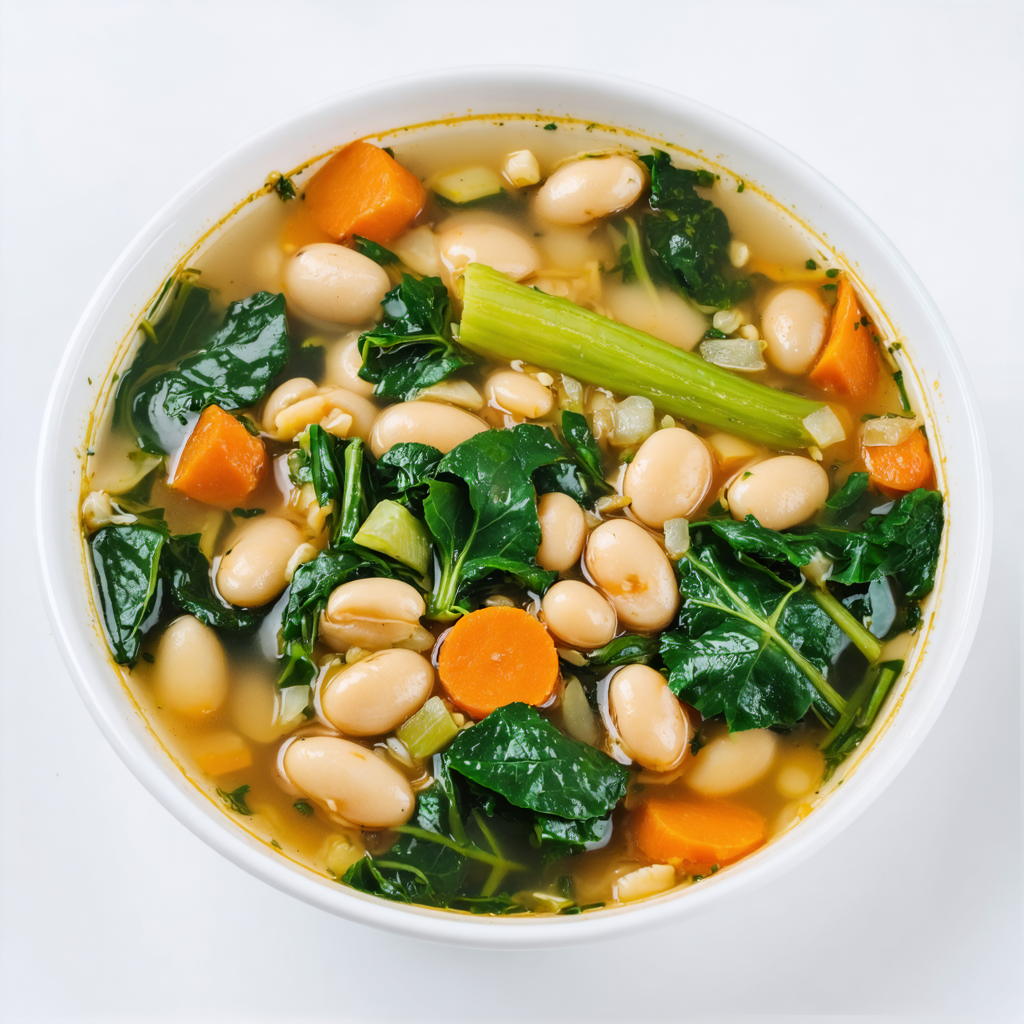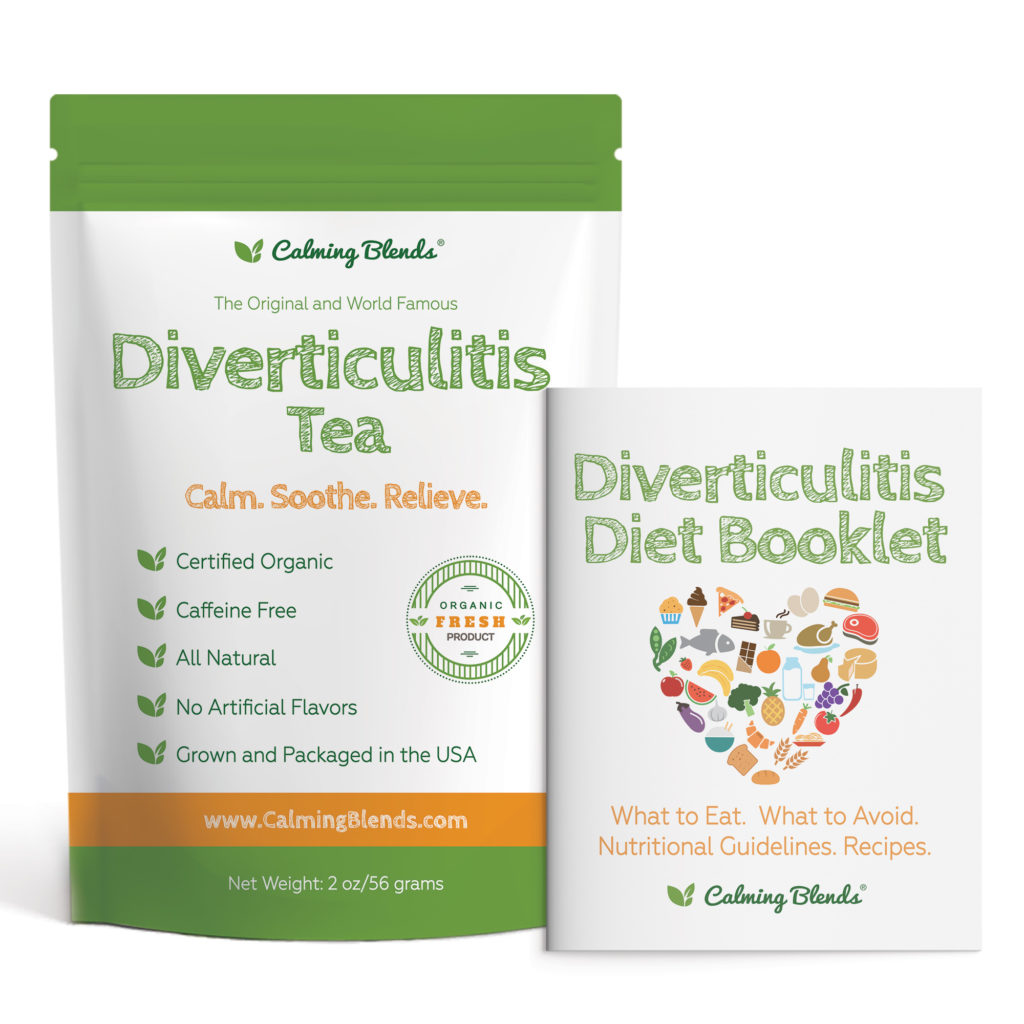If you’re dealing with diverticulitis, you know how important it is to give your digestive system a break while still getting the nourishment your body needs. Soup can be one of the best foods during a flare-up and recovery — it’s warm, soothing, and easy to digest when made with the right ingredients.
In this guide, we’ll break down the building blocks for creating a diverticulitis-friendly soup that’s gentle on the stomach but still flavorful and satisfying.
Why Soup Is Helpful for Diverticulitis
When your digestive tract is inflamed, high-fiber and hard-to-digest foods can aggravate symptoms. Soup allows you to control the texture, fiber level, and seasoning, making it easy to tailor for each stage of recovery — from clear liquids to soft foods and maintenance.
(Reference: Mayo Clinic – Diverticulitis Diet)
Understanding the Dietary Needs for Diverticulitis
During Flare-Ups
-
Focus on low-fiber, easy-to-digest liquids like broths and strained soups.
-
Skip raw vegetables, seeds, skins, and spicy or greasy ingredients.
Related Resource: Diverticulitis Diet Guide on Calming Blends.
During Recovery
-
Gradually reintroduce soft, well-cooked vegetables, lean proteins, and mild seasonings.
-
Keep fiber moderate and avoid anything too coarse.
Maintenance Phase
-
Include a variety of nutrient-rich ingredients for overall gut health.
-
Moderate fiber is fine once symptoms have fully resolved.
(Reference: National Institute of Diabetes and Digestive and Kidney Diseases)
The 5 Building Blocks of a Diverticulitis-Friendly Soup
1. The Base (Broth or Stock)
-
Choose clear, low-fat chicken, turkey, vegetable, or bone broth.
-
Avoid creamy or heavy-fat bases during flare-ups.
-
Benefits: Hydration, electrolytes, gentle flavor.
Shop Tip: Calming Blends offers Diverticulitis Tea — a gentle, soothing drink you can enjoy alongside your soup.
2. Protein Choices
-
Go for lean, easily digestible proteins: shredded chicken, turkey, white fish, or soft tofu.
-
In liquid stages, protein can come from bone broth or strained soups.
-
Shred or puree meats for easier digestion.
3. Vegetables
-
Flare-up: Skip fibrous or seeded vegetables.
-
Recovery: Try peeled, soft-cooked carrots, zucchini, yellow squash, or potatoes.
-
Always remove skins and seeds during sensitive stages.
(Reference: Cleveland Clinic – Diverticulitis Diet)
4. Carbohydrate Add-Ins
-
Gentle carbs include white rice, small pasta, or peeled potatoes.
-
Avoid whole grains and high-fiber beans during flare-ups.
-
These add energy without irritating the gut.
5. Flavor & Seasoning
-
Use mild herbs like parsley, thyme, or basil.
-
Avoid strong spices, black pepper, or vinegar in early stages.
-
Low-sodium broths can help prevent bloating.
Cooking Methods for Easy Digestion
-
Simmer ingredients until very soft.
-
Strain for liquid-only diets.
-
Puree for a smooth texture during early recovery.
Example Diverticulitis Soup Combinations
Clear Liquid Stage:
-
Chicken broth + strained carrot water + pinch of salt.
Soft Food Stage:
-
Broth + shredded chicken + diced peeled carrots + white rice.
Maintenance Stage:
-
Vegetable broth + zucchini + spinach (pureed) + chicken.
Tips for Storing and Reheating Soup
-
Store in single-serving containers for convenience.
-
Avoid reheating multiple times to preserve freshness.
-
Freeze portions for quick meals during flare-ups.
Final Thoughts
A well-crafted soup can provide comfort, nutrition, and hydration during diverticulitis recovery. By focusing on gentle broths, lean proteins, soft vegetables, and mild seasonings, you can create a meal that’s both healing and satisfying.
For more digestive-friendly recipes, visit the Calming Blends Blog or explore our Diverticulitis Tea, designed to complement your recovery diet.
![]() Download the Diverticulitis Soup Ingredient Cheat Sheet” PDF
Download the Diverticulitis Soup Ingredient Cheat Sheet” PDF


